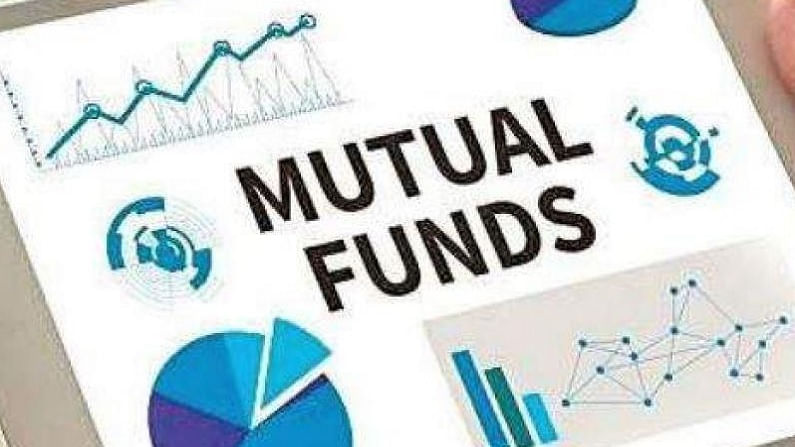MF investments go up and equity down; household debt spikes amid Covid-19
Two visible trends in Q3FY21 are swelling household debt and an increasing appetite for mutual fund investments, as per the RBI preliminary estimates

The Covid-19 pandemic has hit household savings in the third quarter of last fiscal as per the preliminary estimates released by the Reserve Bank of India (RBI). The numbers thrown up by the central bank suggested a significant weakening in household financial assets in the country in the October-December quarter of FY2020-2021.
The most interesting trend was the spike in investments in the third quarter. People invested in mutual funds heavily as the stock markets steadily went up in the third quarter after a huge fall. They however reduced their direct exposure in equities. Mutual fund investments stood at Rs 65,313 crore in Q3, up from Rs 11,909 in the previous quarter, but more in line with the MF investments in the first quarter of Rs 66,195 crore. Their direct investment into equity markets however fell drastically to Rs 5,307 crore in Q3, from Rs 8,292 crore in the previous quarter and Rs 18,599 crore in Q1.
As a result, there was an overall increase in the total investments to Rs 72,566 crore by December-end, 2020, up from Rs 21,134 crore in the previous quarter-end. It was however lower than the total investments reported during the first quarter-end at Rs 85,893 crore. Investment in terms of percentage of GDP moved up to 1.3% in Q3, up from 0.4% in the previous quarter, though it has some serious catching up to do to get back to the 2.2% reported in Q1.
Rising household debt
Another big trend is the swelling of household debt.
In absolute numbers, the gross household debt (based on select financial instruments) rose to Rs 73.1 lakh crore by December-end, 2020, up from Rs 70.7 lakh crore by September-end, 2020. A majority of the increase (around Rs 2.1 lakh crore) came from commercial bank loans, while cooperative banks contributed nearly Rs 9,990 crore to the increase. NBFCs chipped in Rs 15,663 crore while housing finance companies, Rs 13,049 crore.
The household debt to GDP ratio has been increasing steadily since the end-March, 2019. It rose sharply to 37.9% at end-December 2020 from 37.1% at end-September 2020.
Overall, the preliminary estimate of household financial savings was placed at 8.2% of GDP in Q3, exhibiting a sequential moderation for the second consecutive quarter after having spiked in the pandemic-hit first quarter of 2020-21, said the RBI statement. The ratio of household financial savings to GDP fell from 10.4% in Q2 and 21% in Q1.
The net financial assets fell to Rs 4.4 lakh crore in Q3 from Rs 4.9 lakh crore in Q2 and Rs 8.2 lakh crore in Q1.
The moderation was driven by a significant weakening in the flow of household financial assets, which more than offset the moderation in the flow of household financial liabilities, said the RBI in a statement.
Sequential decline in household savings
The quarter-on-quarter fall in net savings reflect that people’s earnings were impacted due to the pandemic while they consciously trimmed their liabilities to stay afloat in the uncertainty.
Of course, the net household savings in the first nine months (April-December) of 2020 were up 58.4% year-on-year to Rs 17.5 lakh crore, up from Rs 11.1 lakh crore in the corresponding period of 2019.
Household savings in bank deposits, which went up significantly in the second quarter to Rs 3.6 lakh crore, slipped to Rs 1.7 lakh crore in the third quarter. The ratio of bank deposits to GDP fell to 3% in the third quarter, from 7.7% reported in the previous quarter.
Despite higher borrowings from banks and housing finance companies, the flow in household financial liabilities was marginally lower in the third quarter, according to the central bank.
People were also keeping with them higher amounts of currencies. In the third quarter, financial assets held in currency went up to Rs 91,456 crore, up from Rs 17,225 crore in the previous quarter. However, it was significantly down from a little over Rs 2 lakh crore reported in the first quarter.